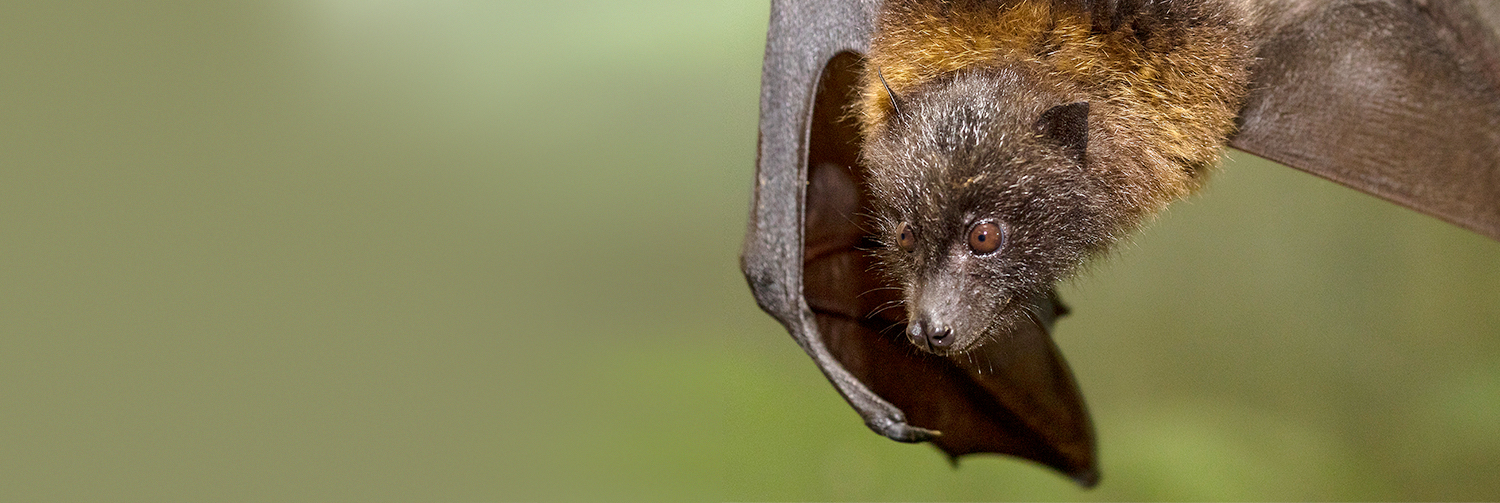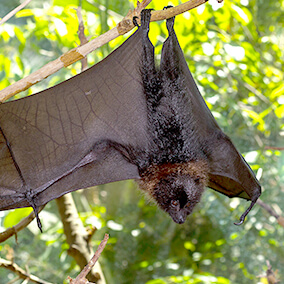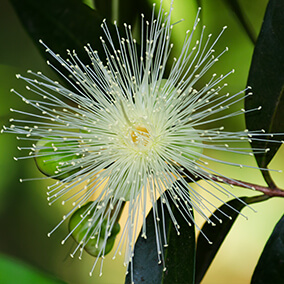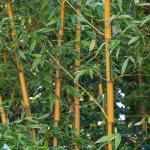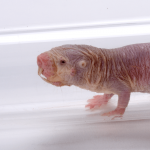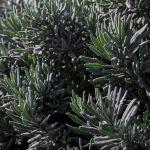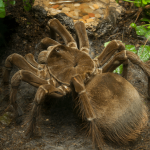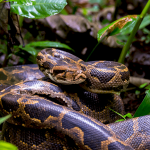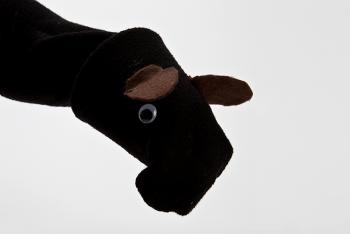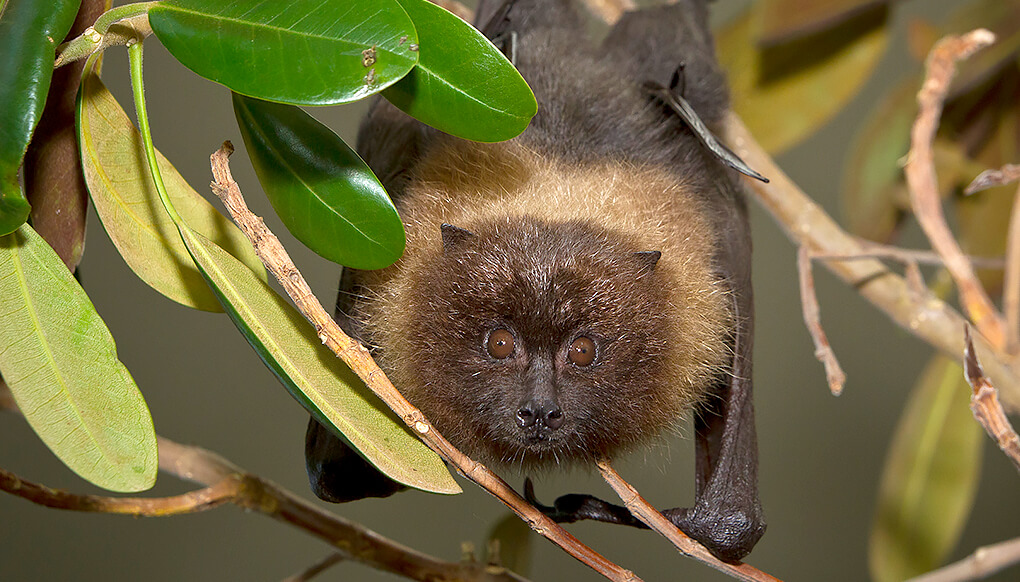
Rodrigues fruit bat

Mammals


Endangered
facts

The Rodrigues fruit bat's wing span is 2.5 to 3 feet!

Mangoes, figs, tamarinds, and rose apples are some of the fruits they eat. Like many other fruit bats, Rodrigues fruit bats squeeze the juices and soft pulp out of the fruit, rarely eating the harder parts. They also eat pollen.
description
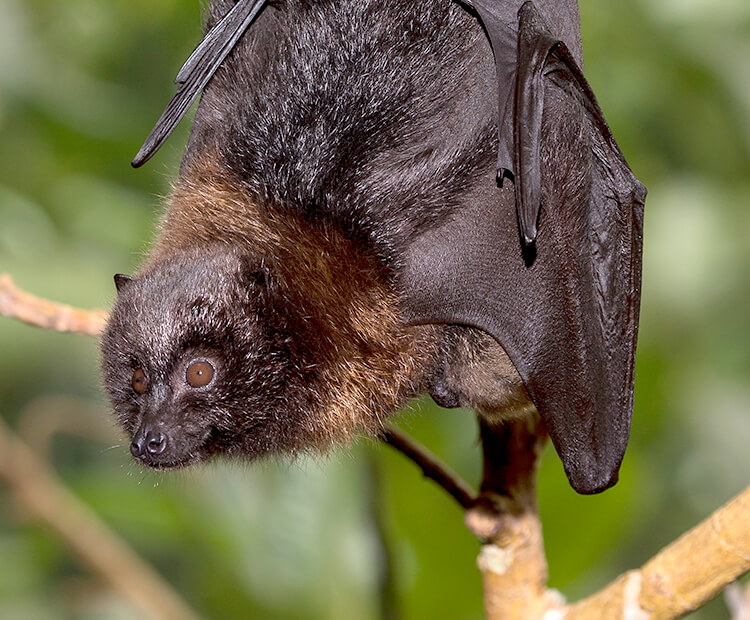
Sky puppies
The name “flying fox” comes from the fruit bats’ dog-like face, with their bright eyes and pointy little ears. They have small bodies, and their lightweight bones make it easier for them to fly. Their fur is woolly—golden colored on the head, neck, shoulders, and sometimes back. Their wings are black and not furred.
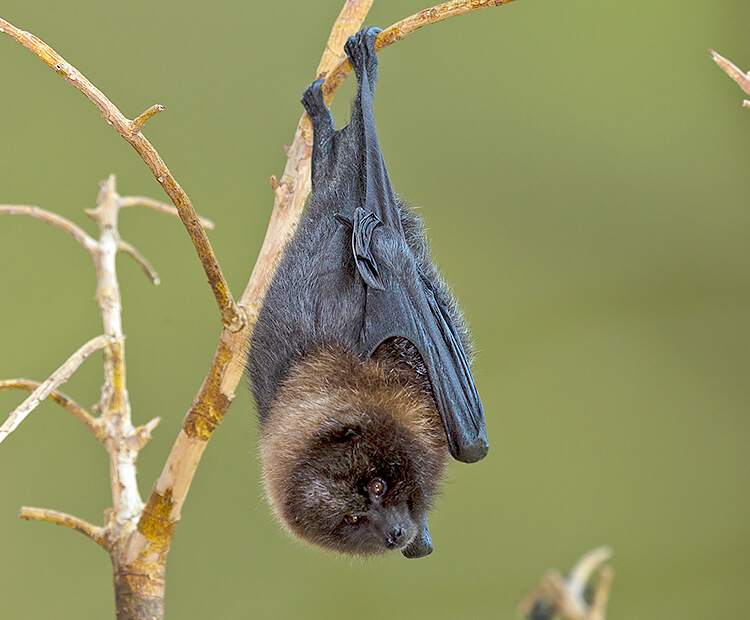
Trees, please!
The bats require tall, mature trees in large, contiguous tracts of forest for roosting and breeding. These forests also provide protection from frequent storms such as cyclones, which can easily blow down smaller stands of trees and sweep bats out to sea.
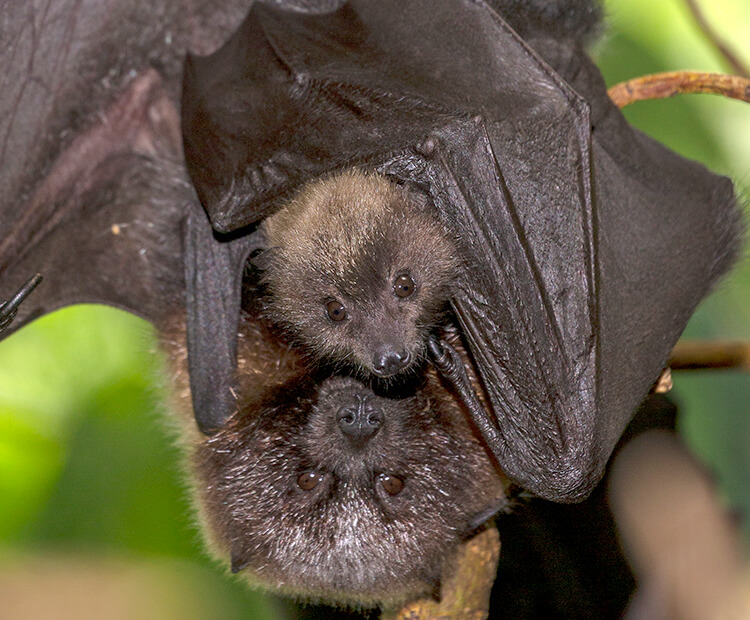
Coming home to roost
A sociable species, Rodrigues fruit bats hang out together (upside down) in rain forest trees. They roost in large groups during the day. Before its numbers were threatened by habitat destruction, storms, and hunting, some of those groups could number 500 or more members. The bats are most active at sunrise, sunset, and at night.
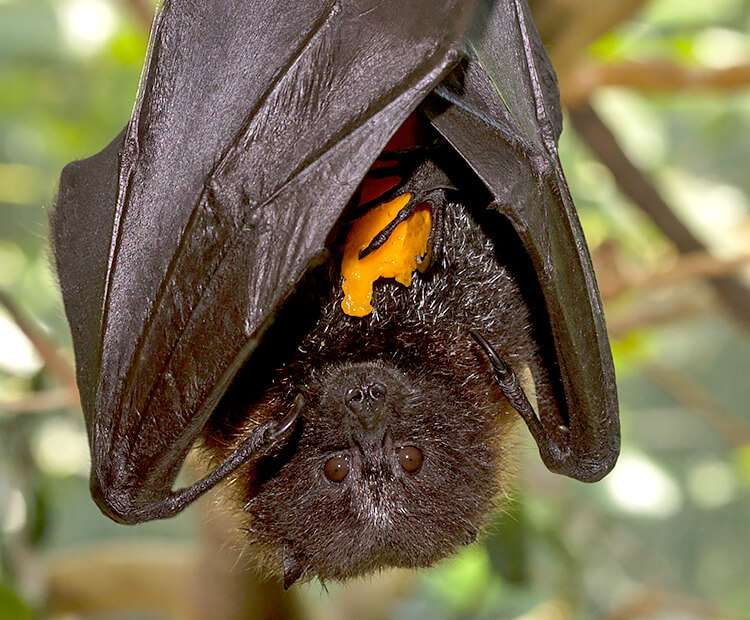
The nose knows
As frugivores, Rodrigues fruit bats do not need echolocation to find moving food (such as insects). Instead, they have good vision and sense of smell, which allows them to find a meal.

